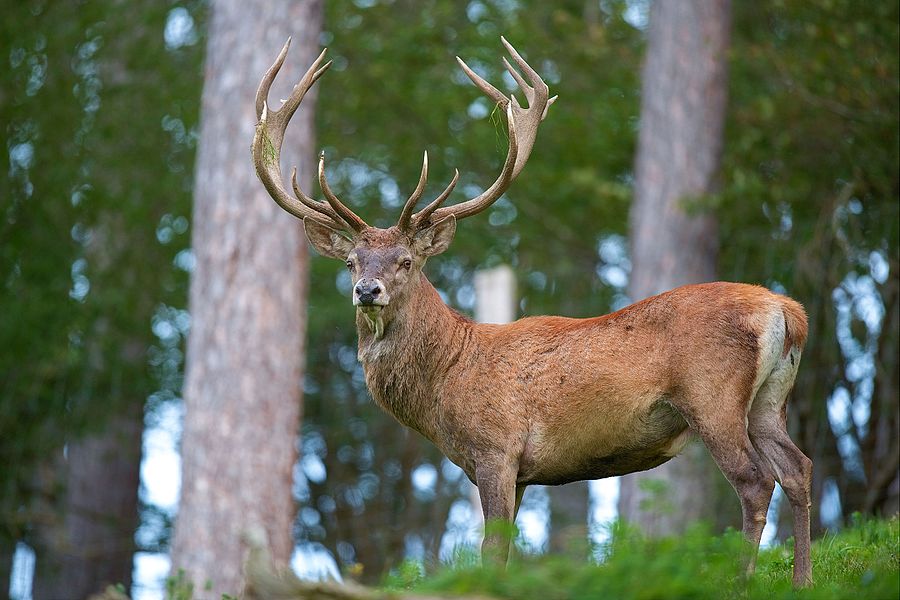Facts About Red Deer, Elk, Hangul, Maral, Wapiti
The red deer is a large and majestic animal found in various parts of Europe, Asia, and North Africa. Over time, they have been introduced to regions such as Australia, New Zealand, the United States, and Canada. As ruminants, red deer possess a unique four-chambered stomach that aids in the digestion of their food. Interestingly, genetic research indicates that what we commonly refer to as red deer may actually encompass a group of closely related species rather than a single one. These subspecies can vary in size and the shape of their antlers.
In some regions, efforts to reintroduce and conserve red deer have been successful, resulting in a rise in their numbers. Conversely, in places like North Africa, their populations continue to decline. Red deer are the fourth-largest species of deer, and only the males, known as stags, grow antlers, which they shed and regrow annually.
One of the most fascinating aspects of red deer is their loud roaring during the rutting season, when they mate. Dominant stags compete fiercely for the attention of females, called hinds, and will defend their territories from rivals. Breeding involves multiple mating attempts, and the hinds typically give birth to one calf each year after a gestation period of about 240 to 262 days. In the wild, red deer can live for approximately 10-13 years, whereas in captivity, they can exceed 20 years.
Red deer have been significant to humans for thousands of years. They appear in ancient cave art and hold considerable cultural value in folklore and art. Various parts of the red deer have been used for practical purposes. Venison, their meat, is considered a delicacy. Antler velvet and deer hair have various applications in different industries. Historically, deer antlers have been crafted into horn furniture and remain popular in home decor today.

 Hungary
Hungary